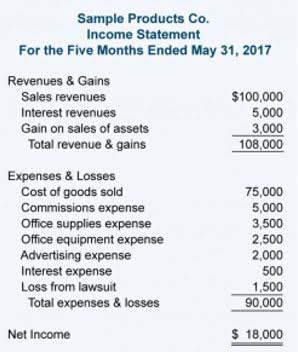
Finally, we’re moving on to the fun part—drafting the actual budget! Based on past data and future needs, assign estimated amounts to each income and expense category. Ensure total income equals or exceeds total expenses, adjusting allocations to achieve balance if necessary. This budget starts from zero each year and requires justification for every expense.
Step 1: Set Realistic Goals

Ticket sales, silent auctions, and raffles are a few fundraising options. To ensure that possibility, you should purposely set aside a reserve fund. When funding your reserves, you must cover at least one pay period for your staff.

Run your church from one place with the tools you need.
A zero-based budget may not be possible annually, but you may want to add this type of budget clean-up every five years. Following a budget also helps hold churches accountable to their congregations and allows them to follow their mission of reaching more people and spreading God’s word. Make sure your financial goals are always aligned Law Firm Accounts Receivable Management with the church’s mission and vision. Some churches may need to include other line items than the ones listed above.
Reduce Expenses
At the very least, it’s wise to have reserves that can cover a month’s worth of salaries and critical expenses. The goal of every church is to grow and spread God’s word to more people. As your church grows, you may have the dream of a larger building in your mind. In addition to personnel costs, your church’s administration costs will likely stay the same year after year. how to create a church budget Operating expenses include rent or mortgage payments, office equipment and supplies, insurance, and more.
- This means that all expenses must be paid with the income generated during that period.
- Creating a church budget is the simplest way to plan and manage your finances.
- Monthly budgets can help you keep a close eye on every cent that leaves the church and how much income you’re generating at the same time.
- Having a contingency plan in the budget can help alleviate any financial stress in these situations.
- Your church budget should include all your expenses for the year and keep an eye on future projects.
Yearly Church Financial Activities
Churches with older buildings may need to allocate more for maintenance and repairs, while newer facilities may face higher utility costs due to modern technology use. Churches, like families and governments, require budgets to outline how they generate and allocate funds. Church budgets serve as a guiding blueprint for leaders to follow and implement.

Celebrate and acknowledge contributions, fostering a culture where giving is seen as a joyful act of worship. We’re going to dive into some practical, easy-to-implement strategies that will help your church stay financially healthy without losing its focus on Jesus. Second, you need to know the deadline for non-profit/charity reporting. Maintaining charitable status requires compliance with governmental guidelines. For churches in the United States, find guidelines in IRS Publication 1828.
This process includes doing research about the project so you can estimate how much money you will need. There’s no shortage of balance sheet tools, software, and apps these days to assist with budgeting and financial management. We spill the tea here in our article on the 20 best church financial software options. As the name implies, this type of budget allocates funds based on specific church programs and ministries. It also helps evaluate the effectiveness of the program by providing a transparent way to evaluate its impact. Get detailed guidance on church budgeting for free with the Church Facility Budgeting and The Four Buckets of Church Facility Budgeting eBooks.
Consider soliciting feedback and ideas from members, especially when it comes to deciding on how funds should be allocated. This can also help to ensure transparency and fairness in the budgeting process. Percentage-based budgeting involves allocating a certain percentage of the church’s income to different expense categories.

Here’s a simple plan any pastor can use to add a month’s worth of sermon planning every year, without taking a month off to do it. I can hear the laughter of my fellow small-church pastors from here. Finding, convincing, recruiting, training, and overseeing volunteers for a long-term plan that may have to change mid-stream (see Point 2, above) is really hard. That’s why there are so many small-church pastors who, despite knowing better, do it themselves year after year. Like in the previous point, we know it’s easier and better to train volunteers for the long term. But that long-term payoff requires a whole lot of time and energy right now.
Leave a Reply